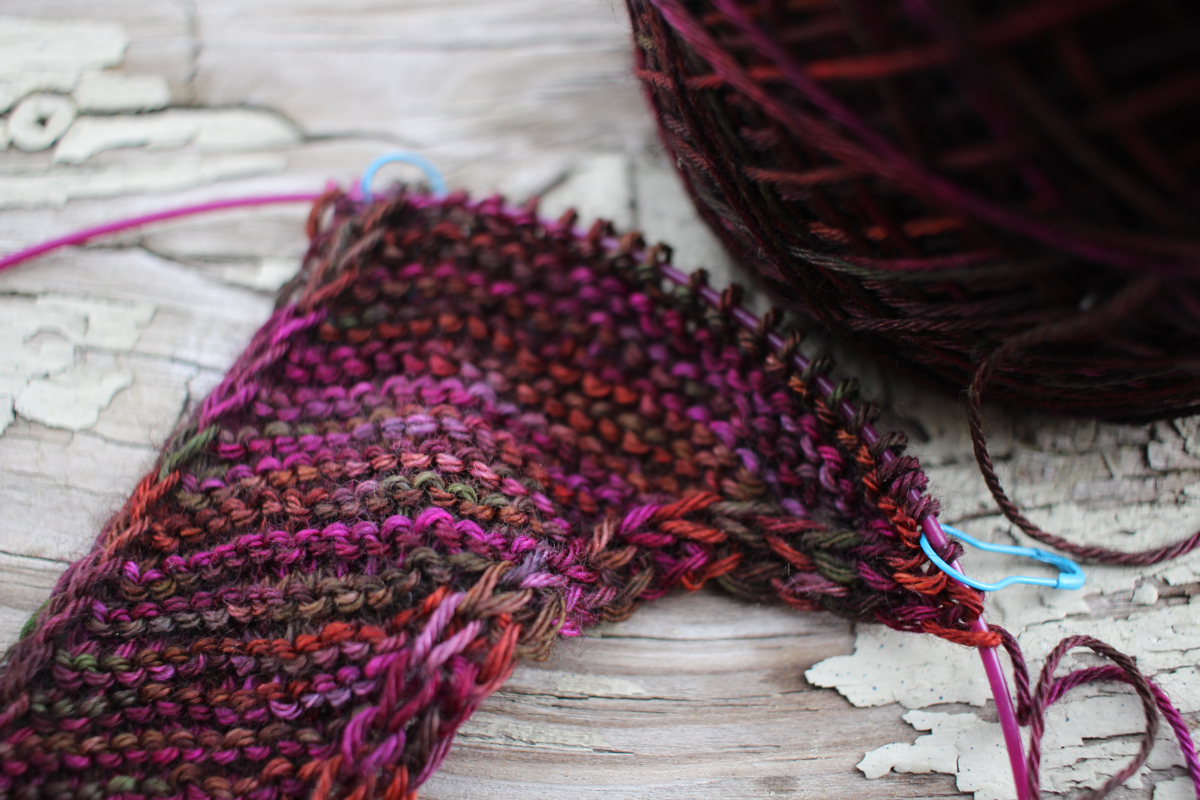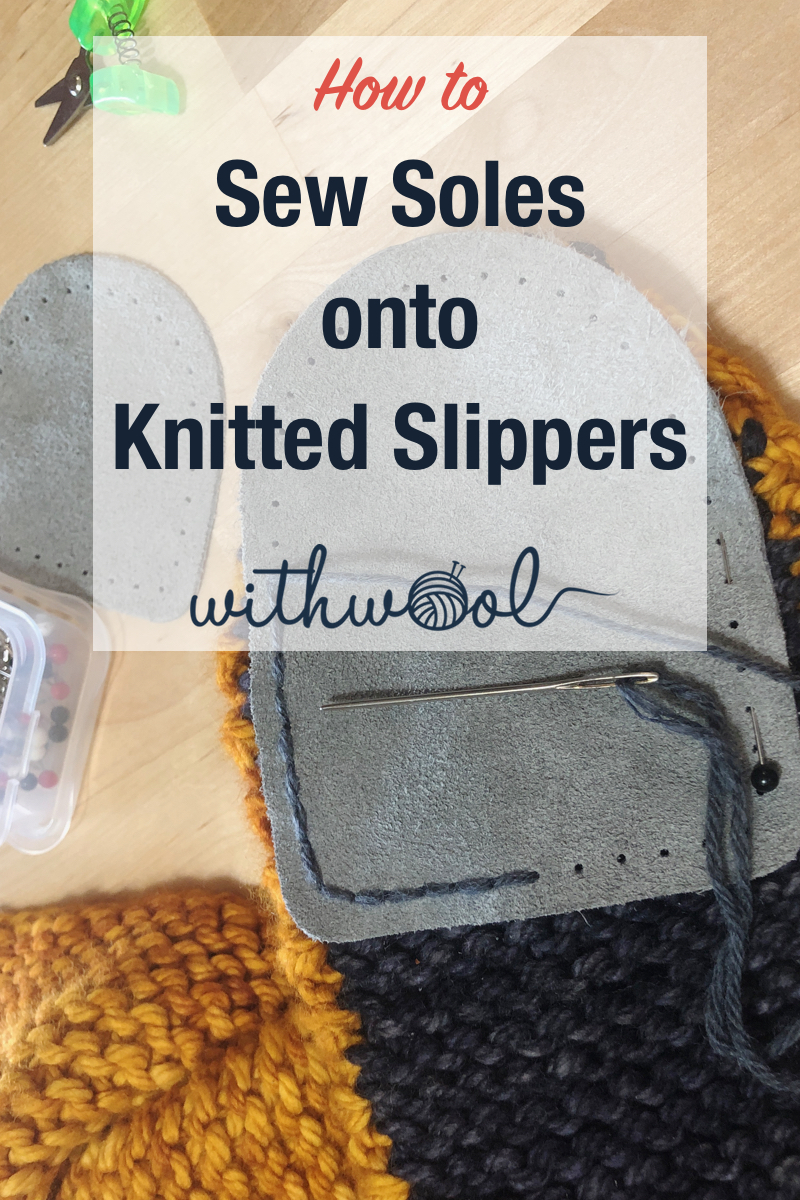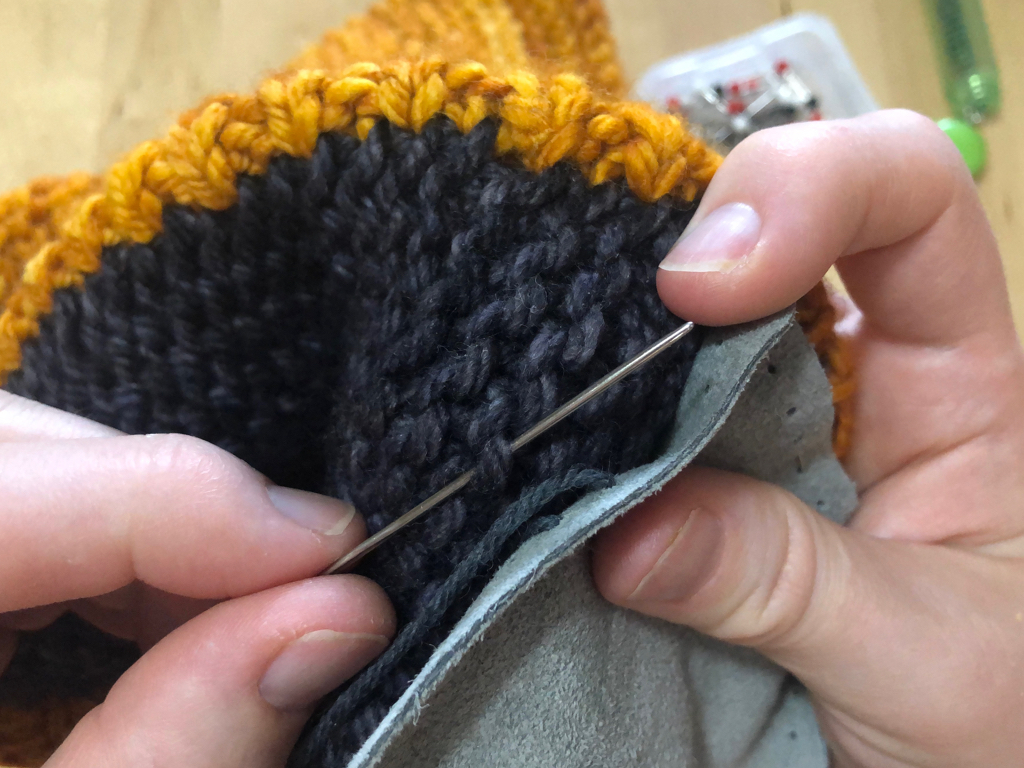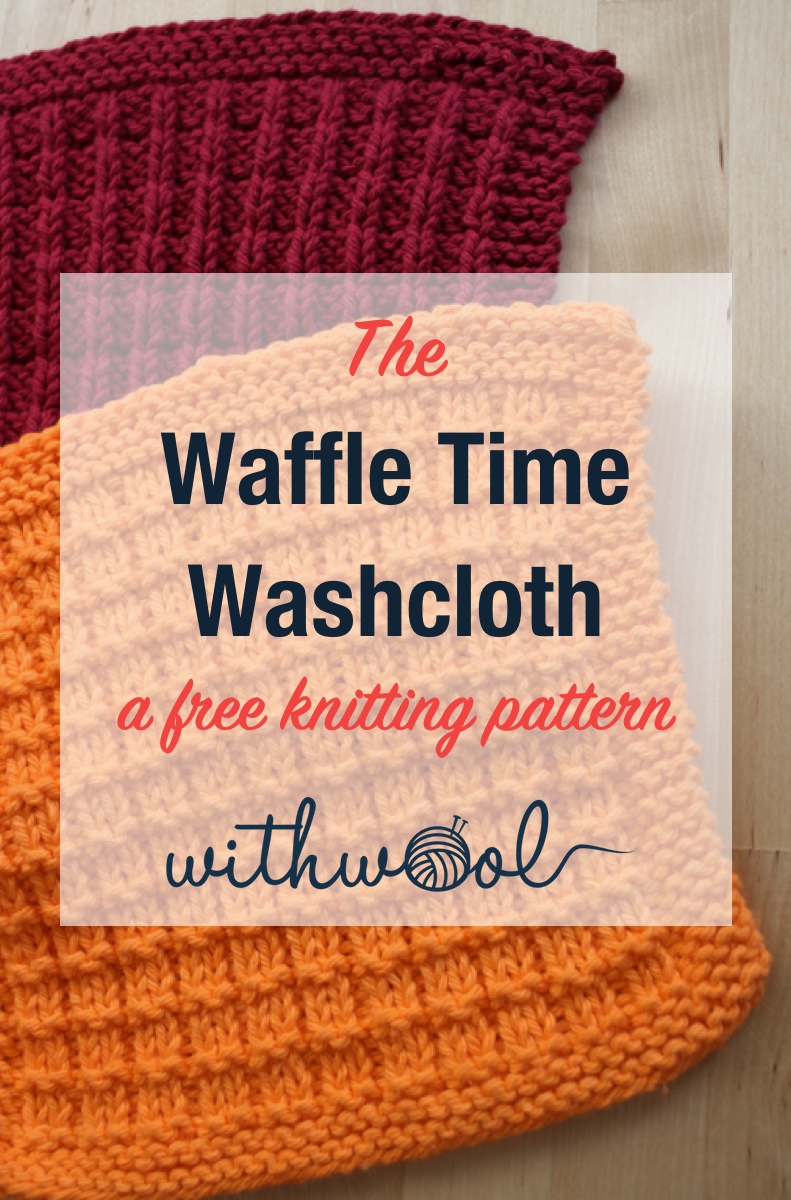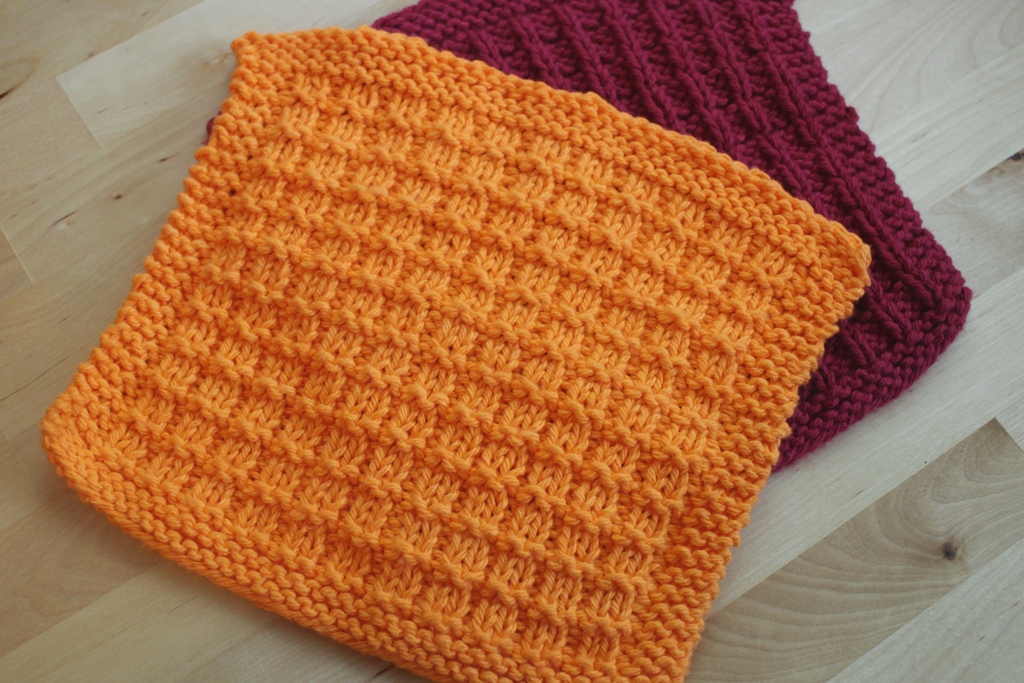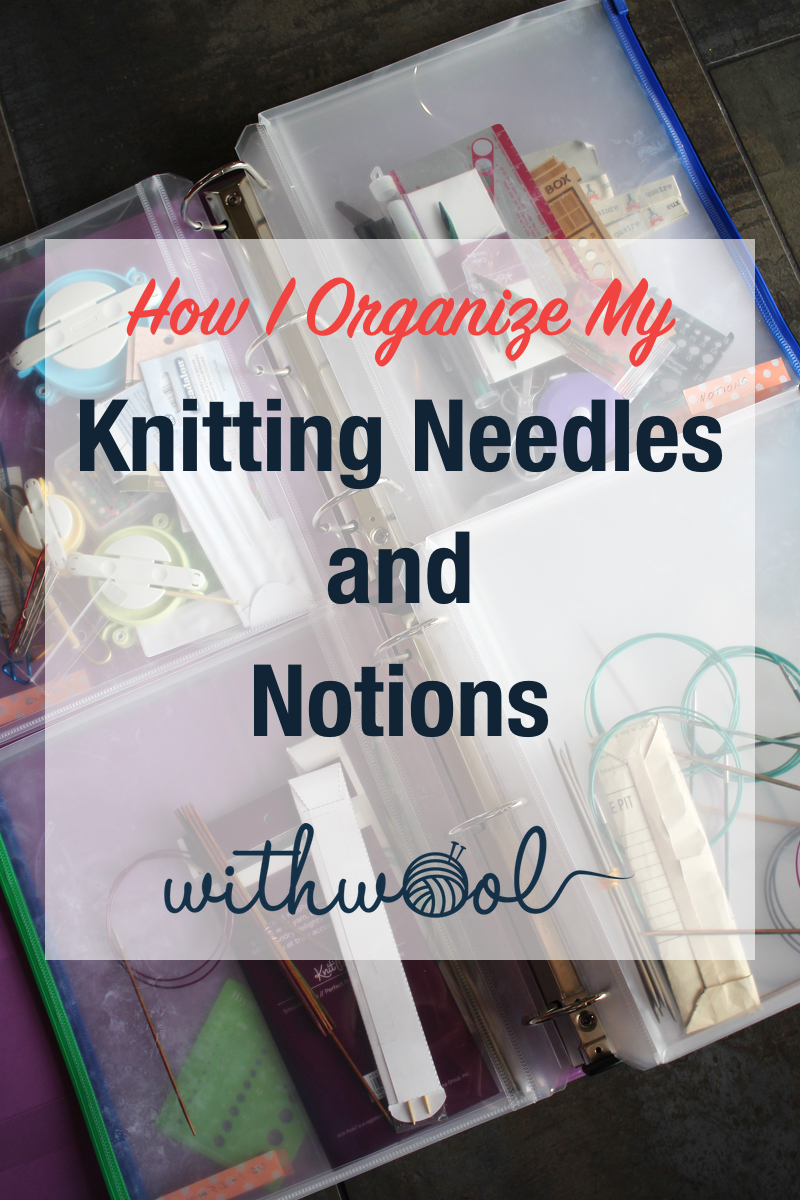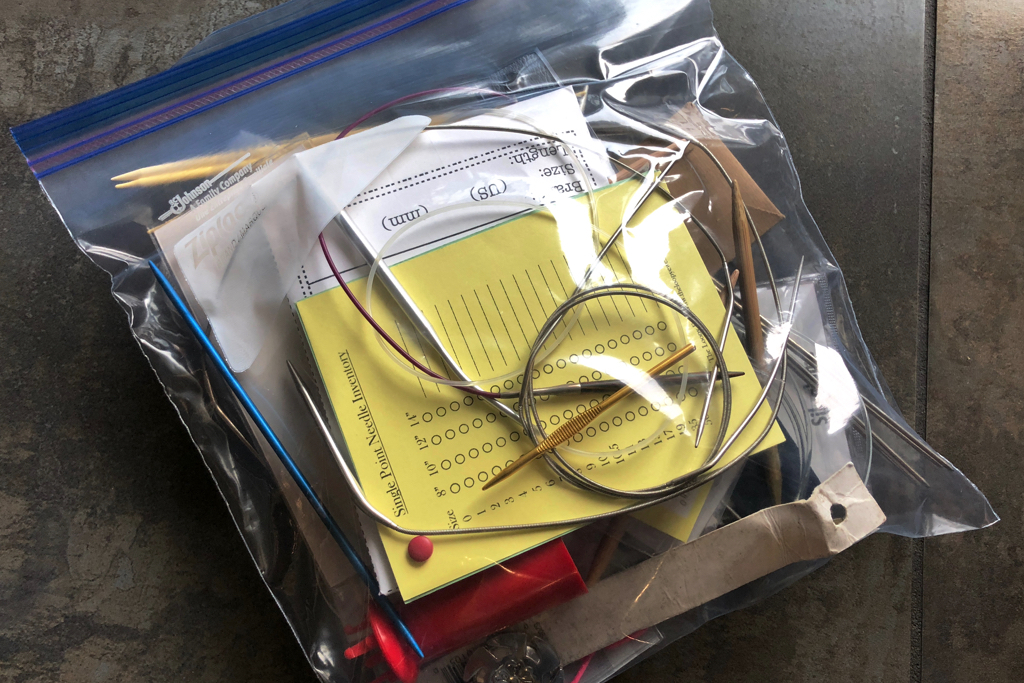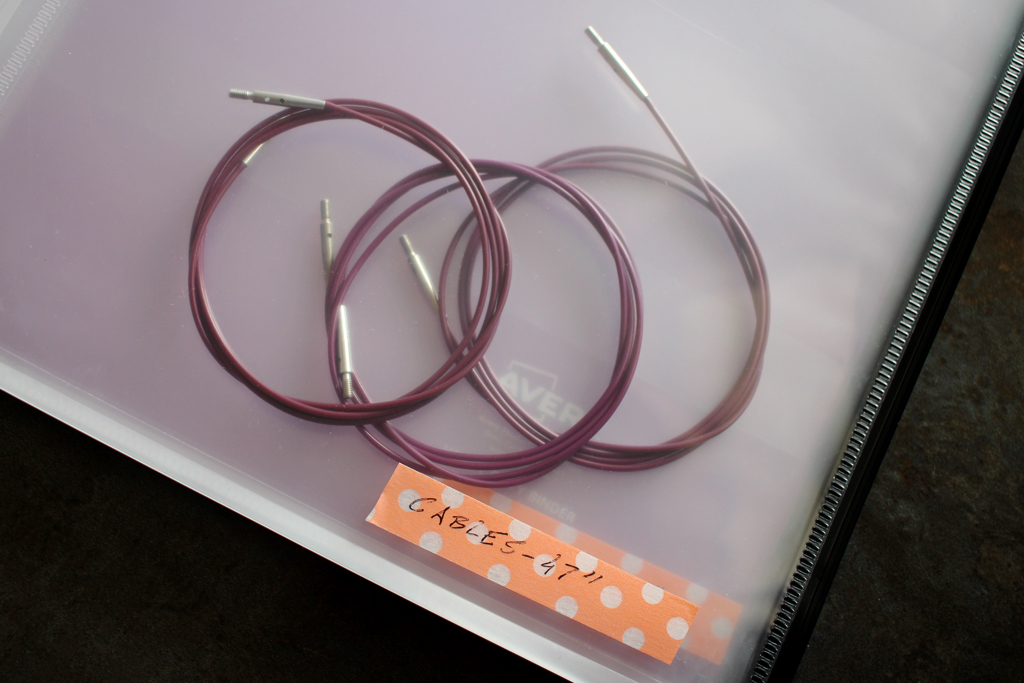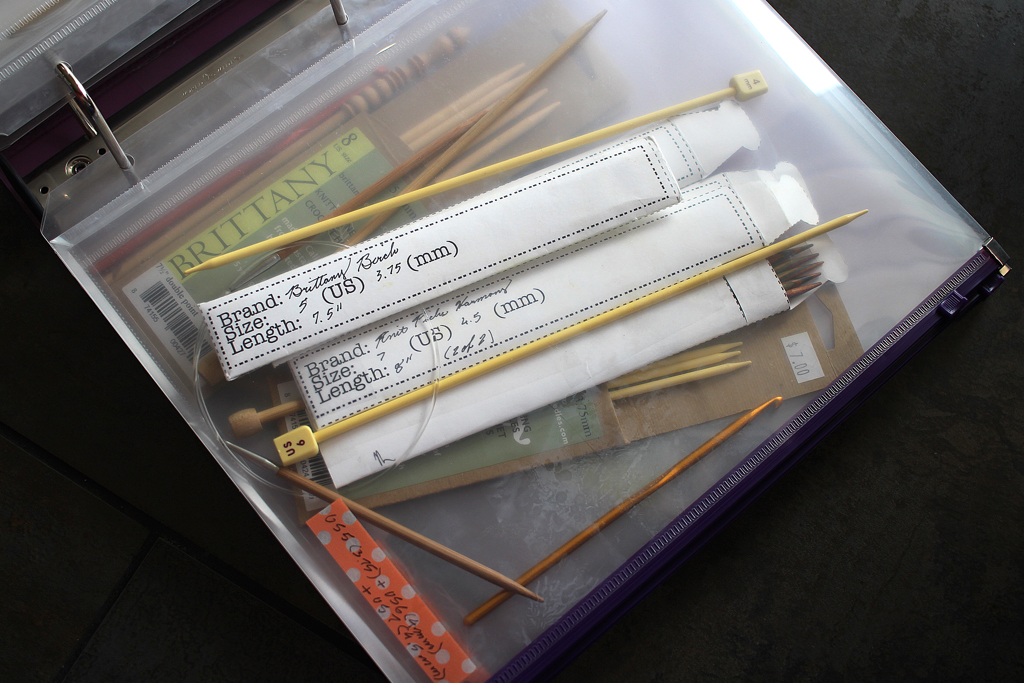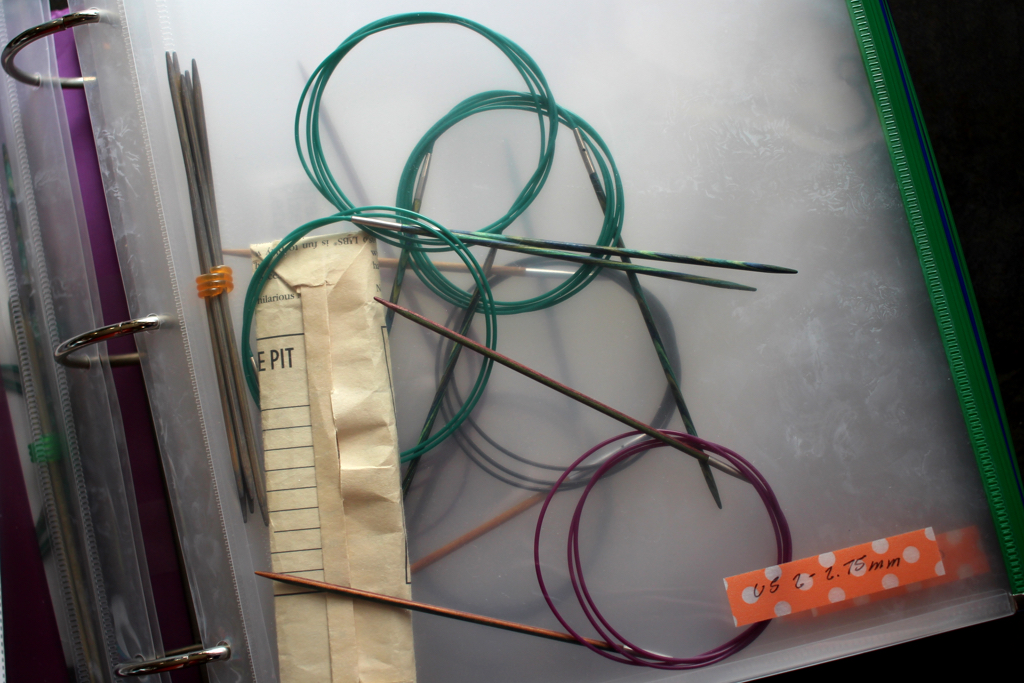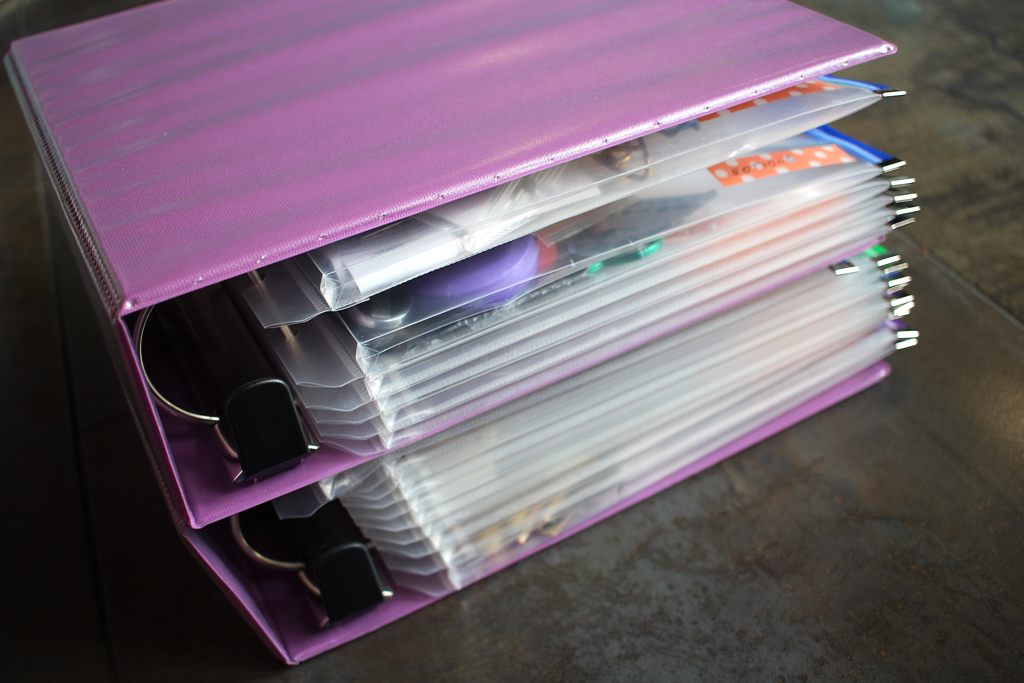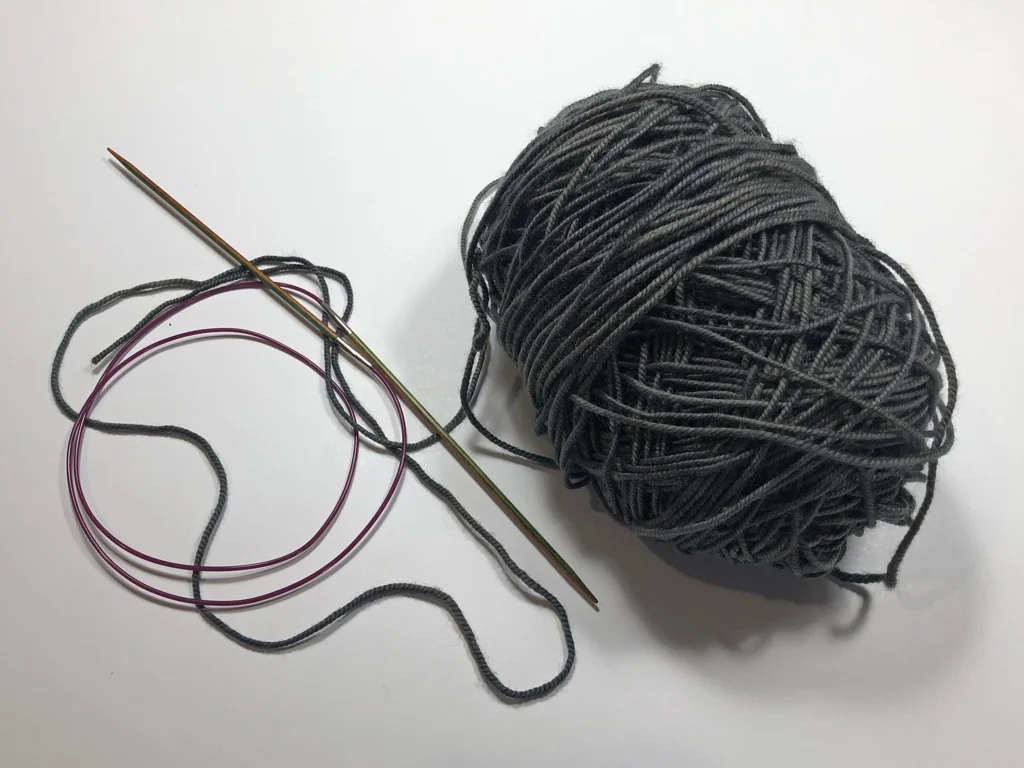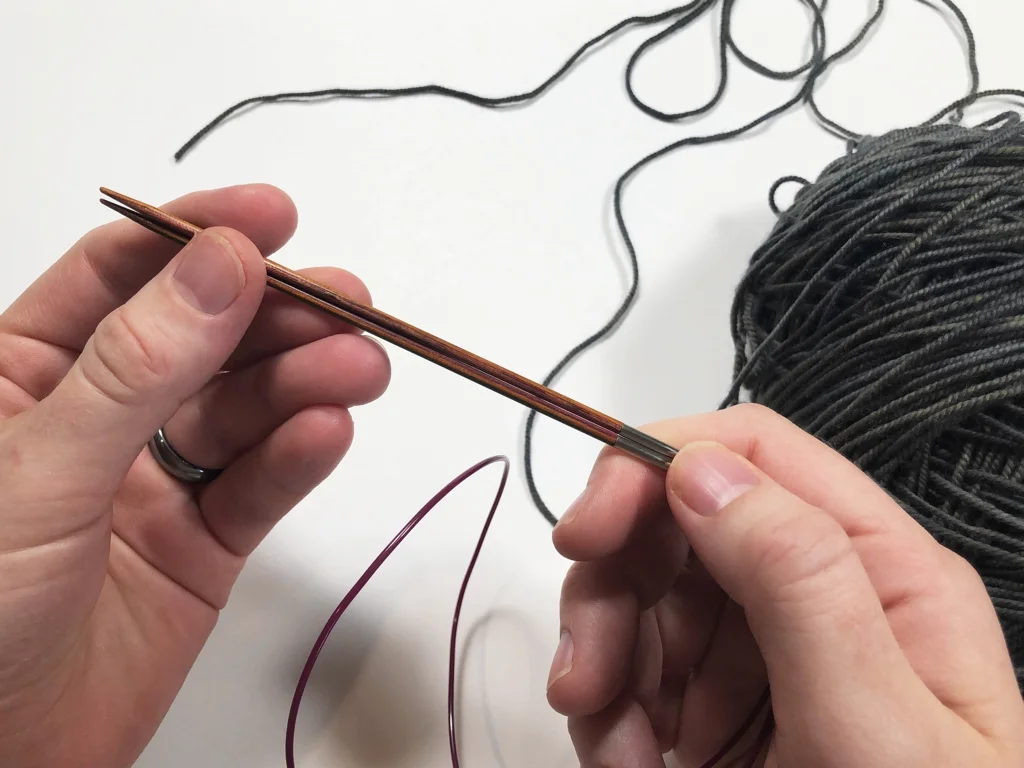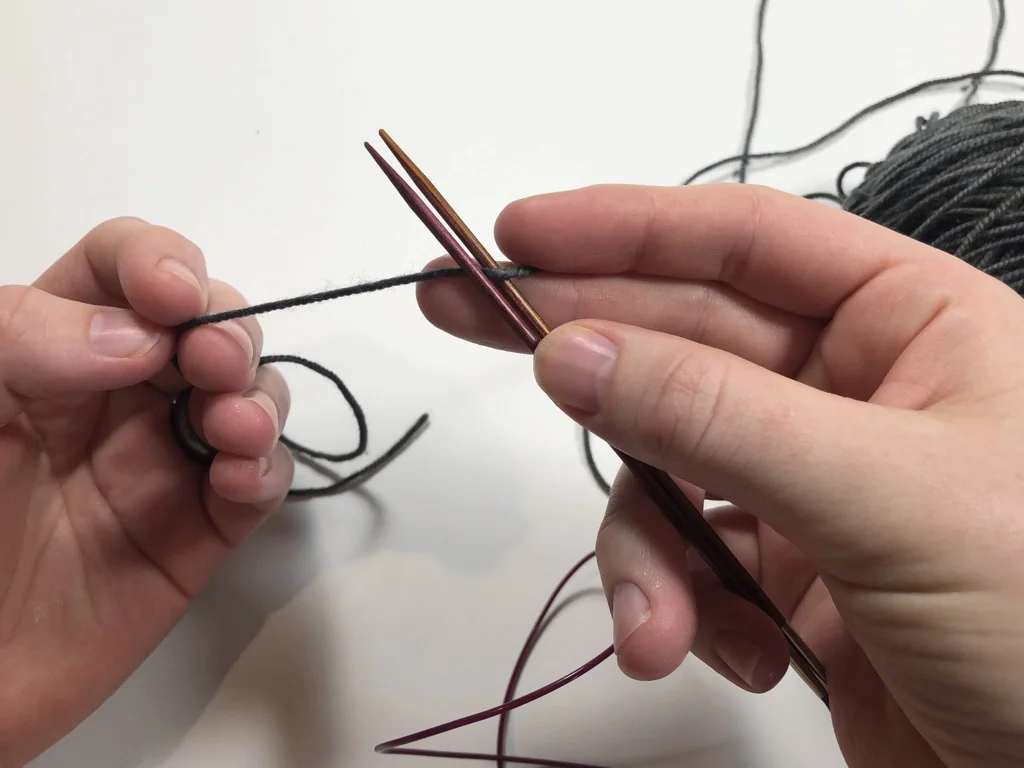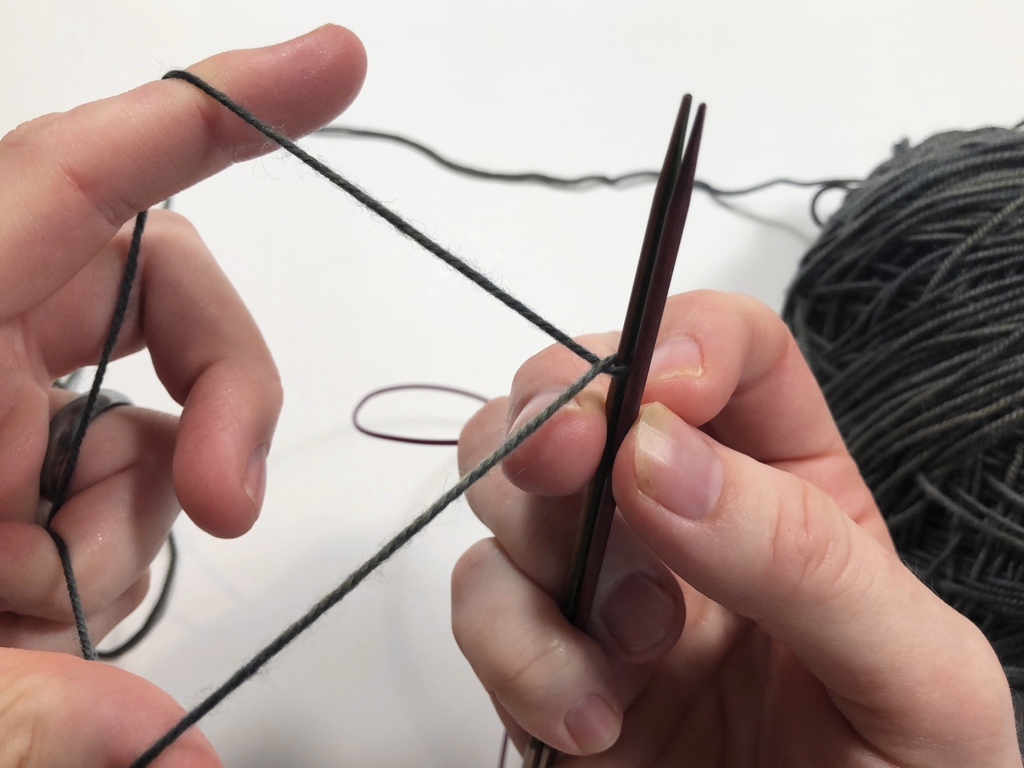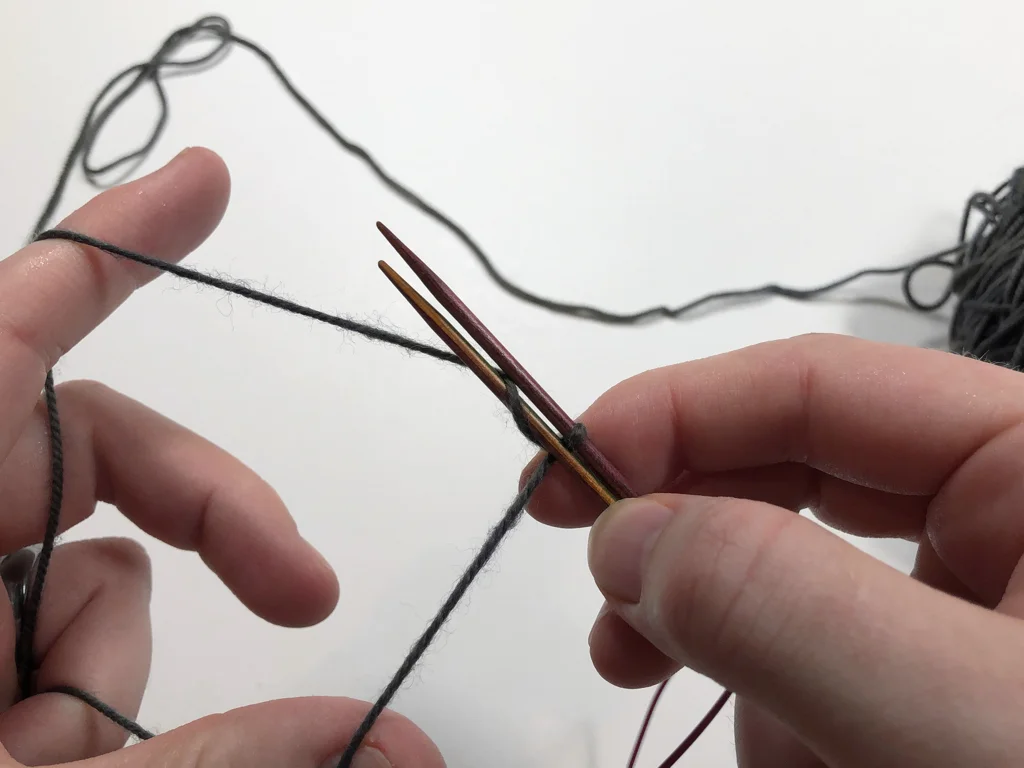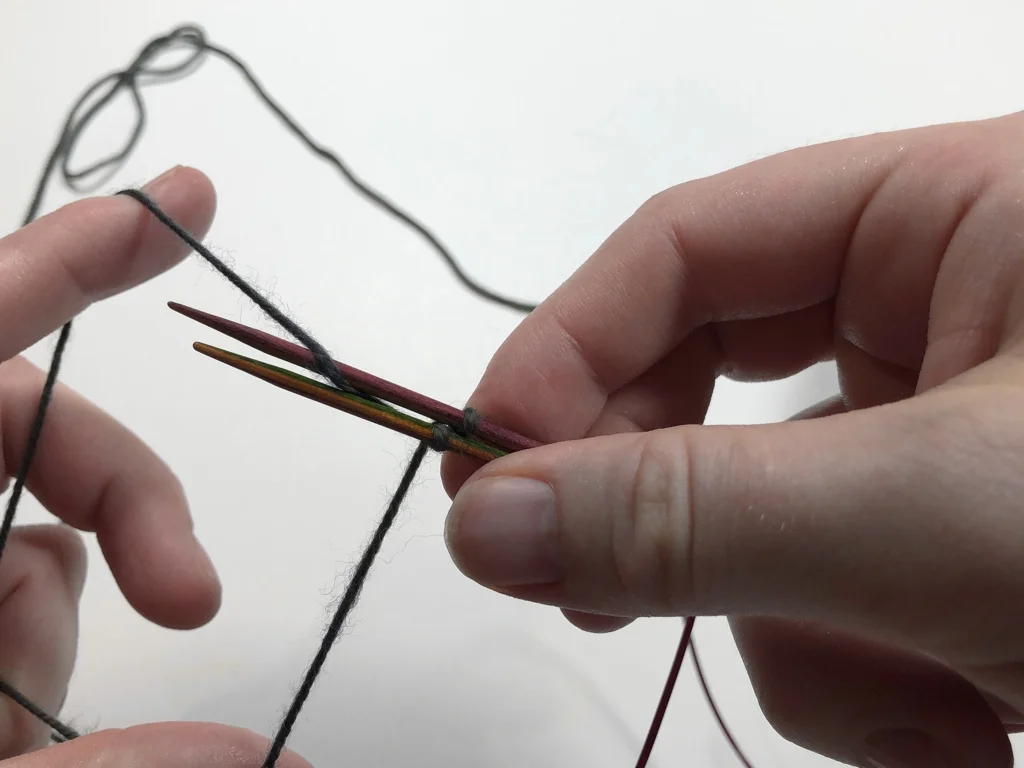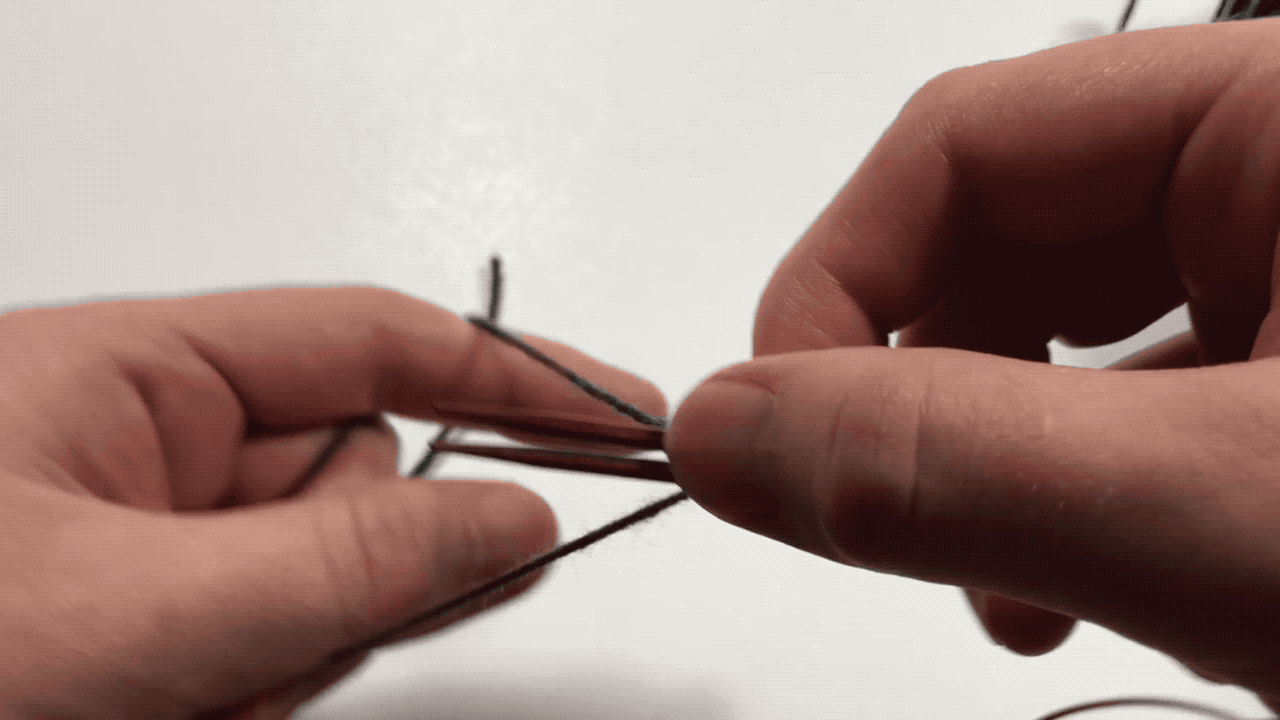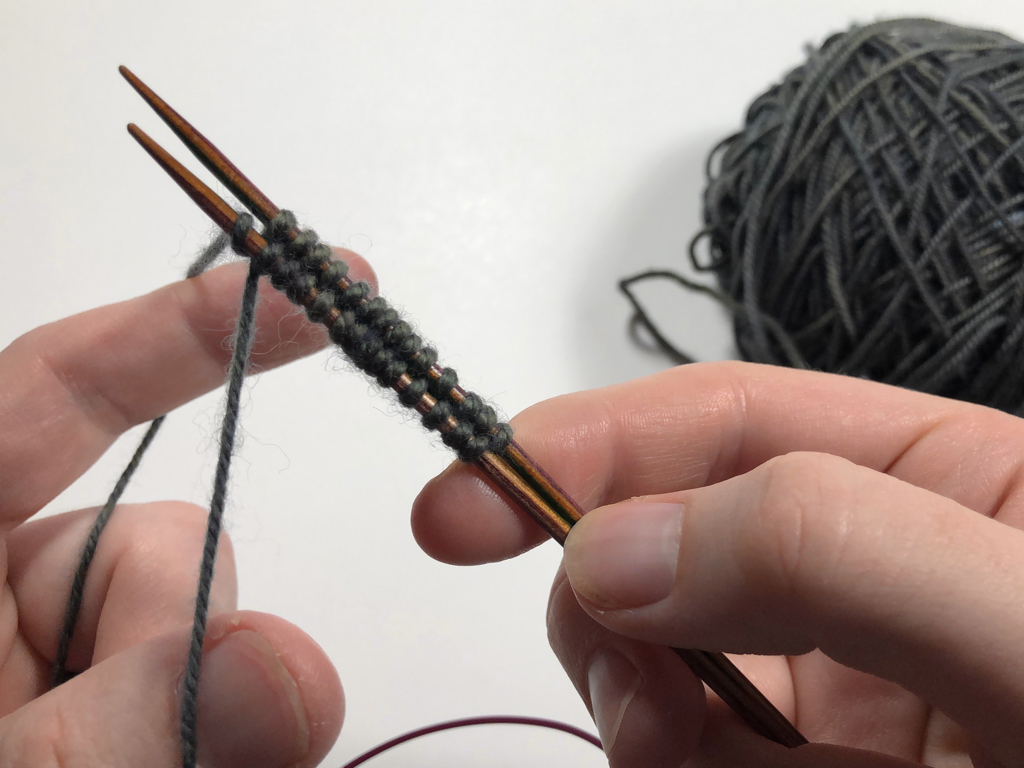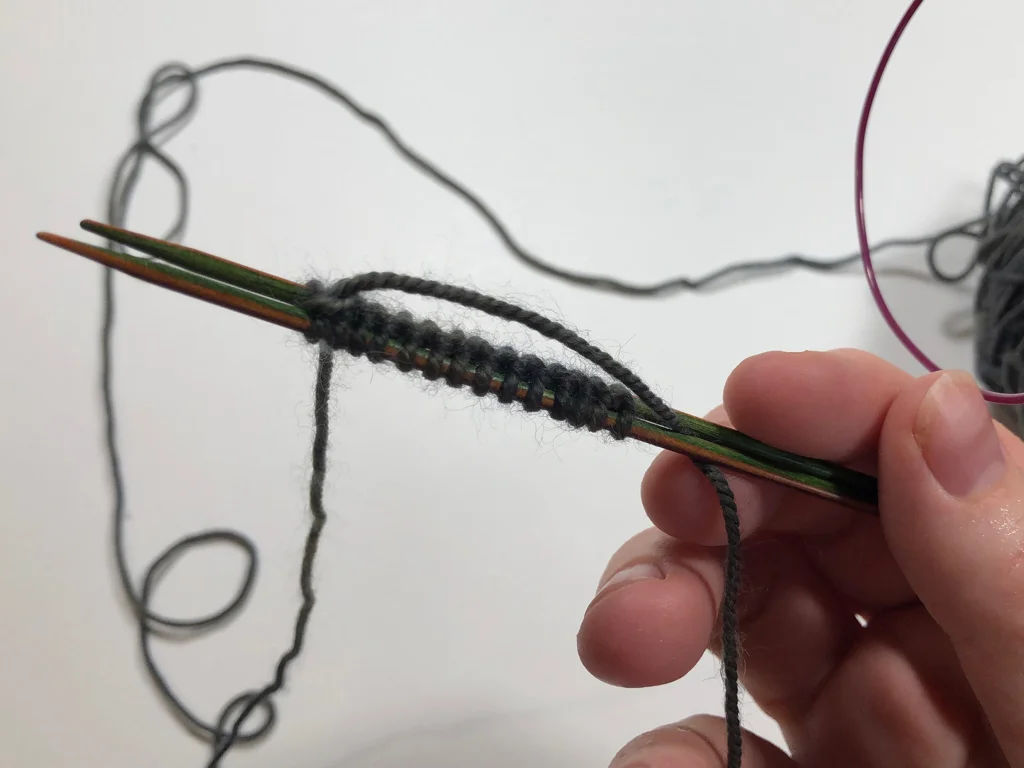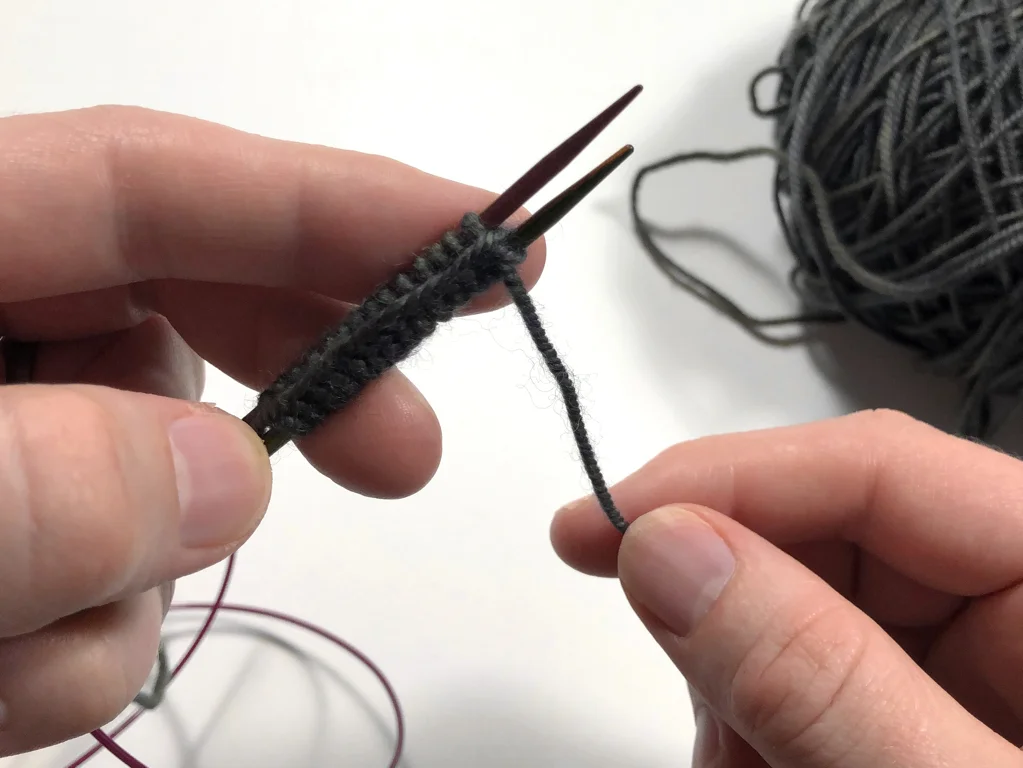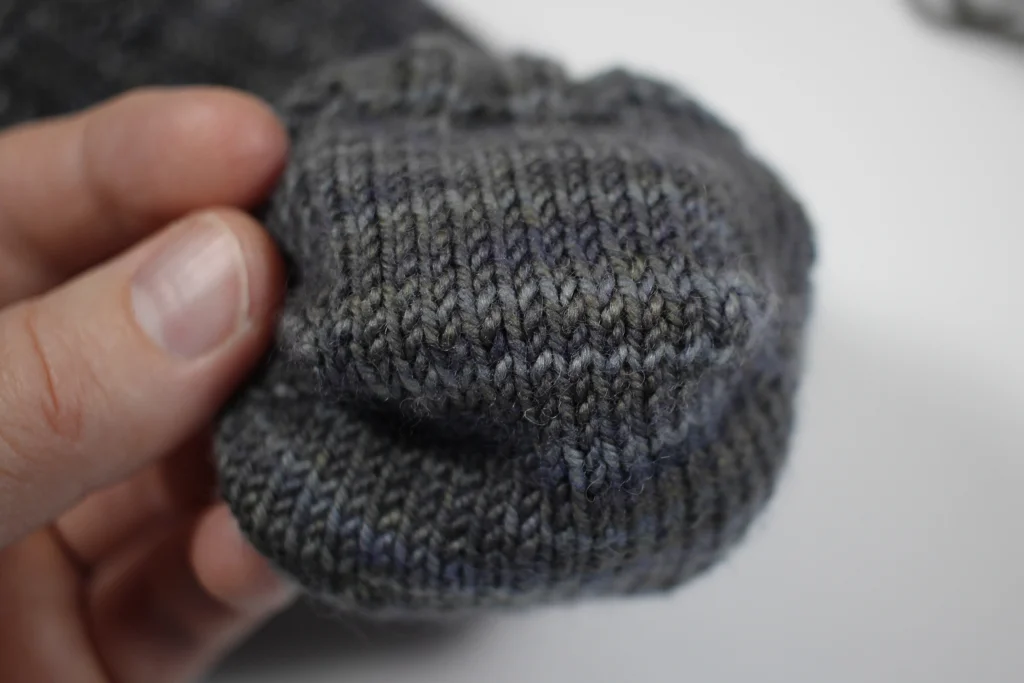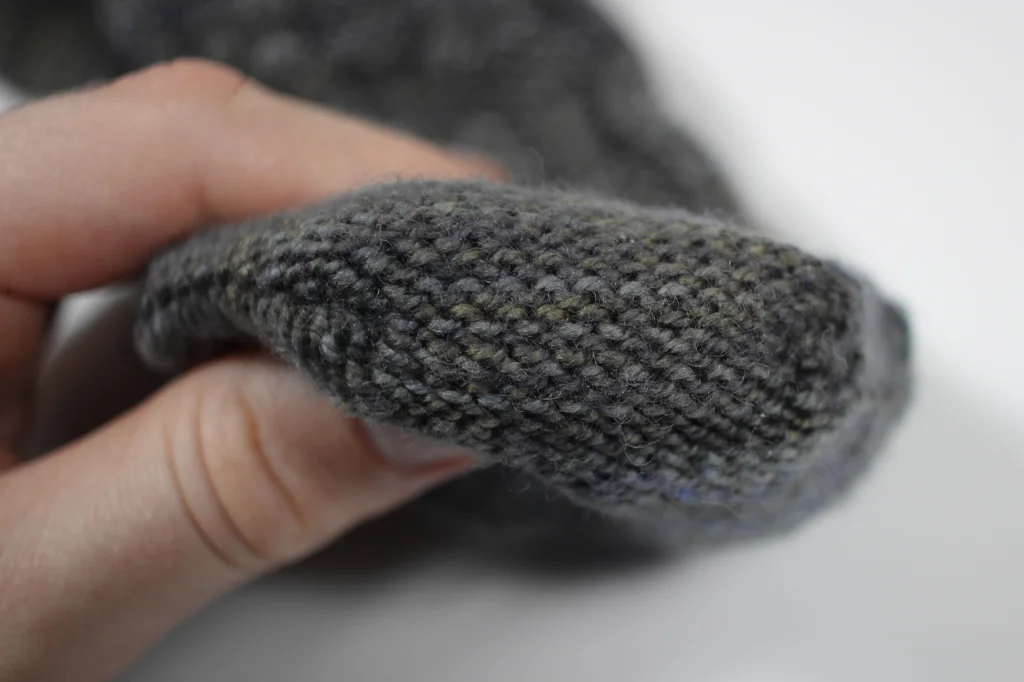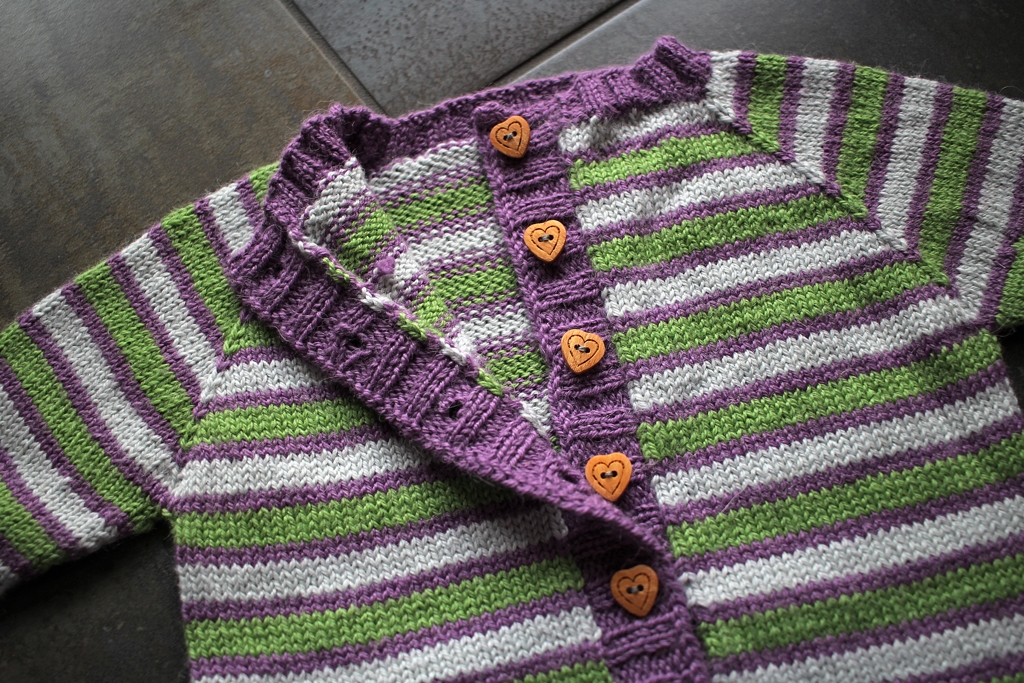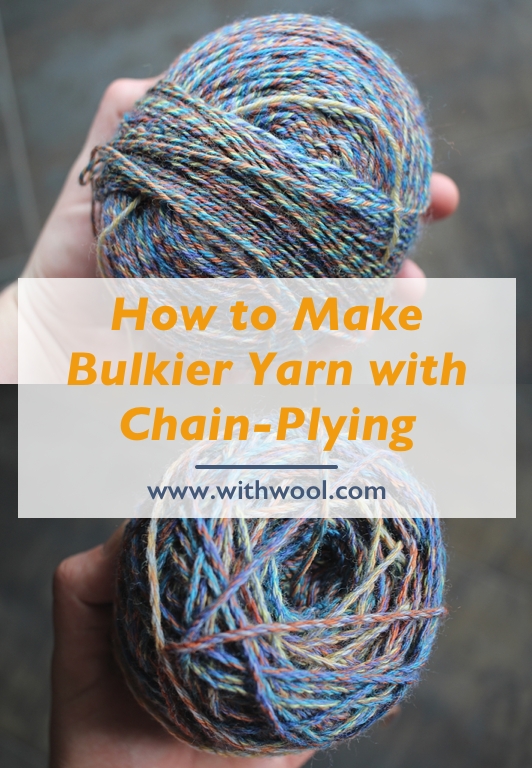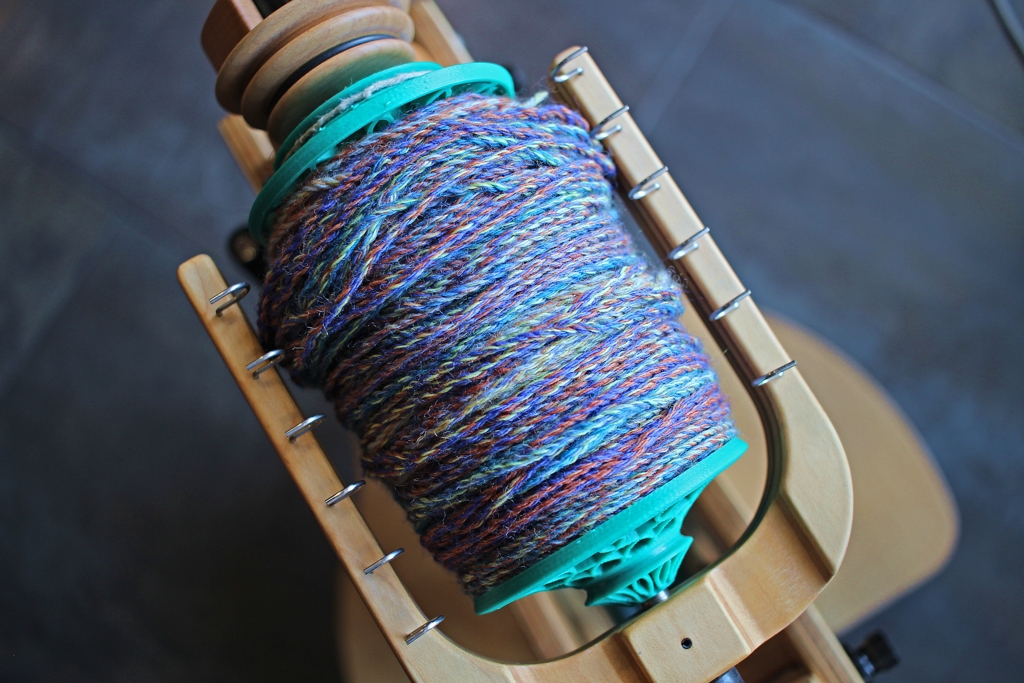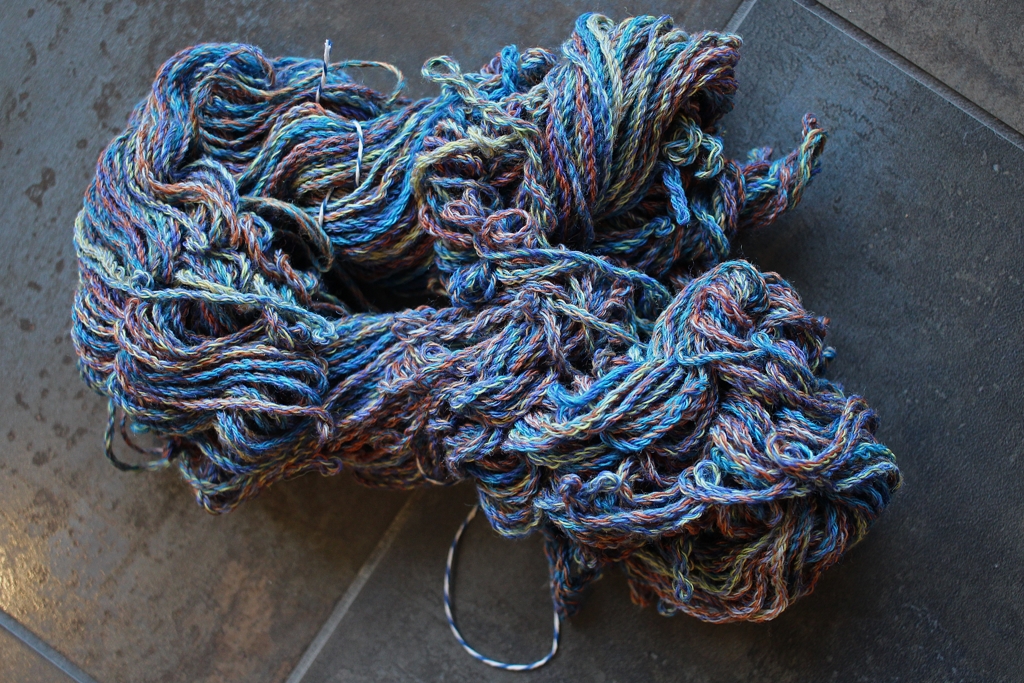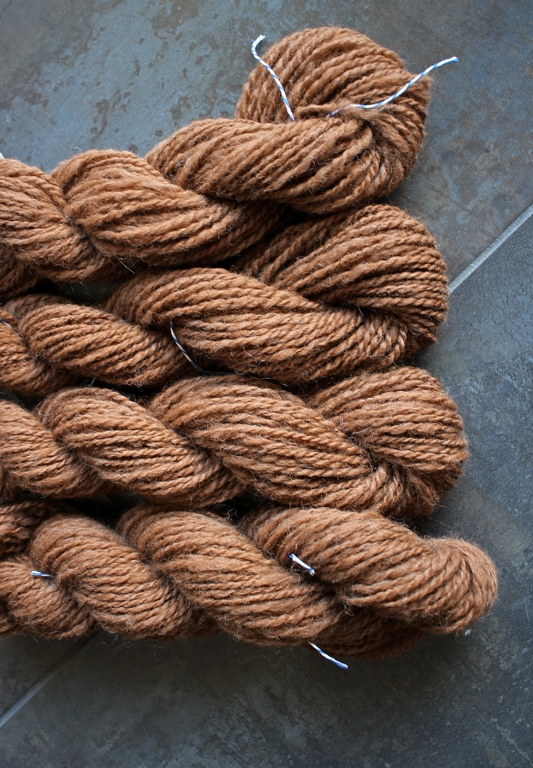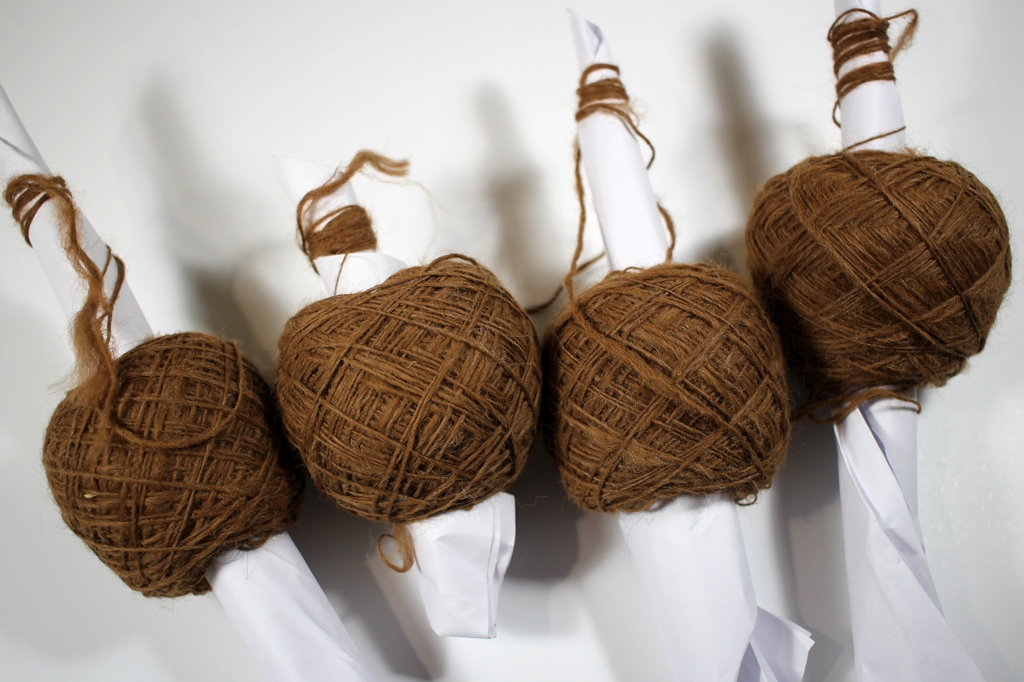FO: The Long Awaited Mrs Watson
/Some projects just seem to take ages, and this Mrs Watson shawl was one of them. The pattern sat in my queue since it was first released 2015. It took me 3 years to get the pattern and buy the yarn to make it. At least I cast on less than a week later. The first stripes went pretty fast once I figured out what was going on. The rhythm of the short rows was soothing too. Then Mini Me joined the family, and I barely knit for months. Sure, I looked at my knitting but didn’t have the energy or brain space to actually pick it up.
Eventually the fog lifted and I did want to knit again. Plus, I could knit again. The Mrs Watson shawl was just what I needed too. There were some interesting bits, but the bulk of the shawl is garter stitch - and I could still count to 10 - so I was able to just knit and watch her play. In fact, that’s how I knit the bulk of this shawl. She crawled around and played, and I followed behind her with needles in hand and project bag hanging from my arm.
Six months after casting on, I finally bound off. Blocking didn’t take long at all, but I did have to do some next level stacking to keep the Mini out of the wires and pins until the shawl was dry.
The real reason that it seems like this shawl took ages, was that it took me another 8 months to photograph it! What took me so long? I don’t even know anymore. It sat balled up in a box until I was photographing a hat. The light was good and the camera ready so Mrs Watson finally got her time in the spotlight.
I used a fingering weight yarn instead of the recommended sport weight so the finished shawl is smaller than I expected. Yet it’s the right size to wrap around my neck and tuck into my coat. It’s cosy and geometric, but not bulky which I really appreciate. I’ll be wearing it a lot this Fall. Still, I’m tempted to make a second Mrs Watson in a sport or worsted weight yarn for a big, super warm shawl. Maybe that one won’t take another three years to start.
The Specs:
Pattern: Mrs Watson by Martina Behm
Yarn: MJ Yarns Tough Ram - Garnet and Pearl
Needles: US 6 (4mm)
Dates: April 20 - October 21, 2018

















